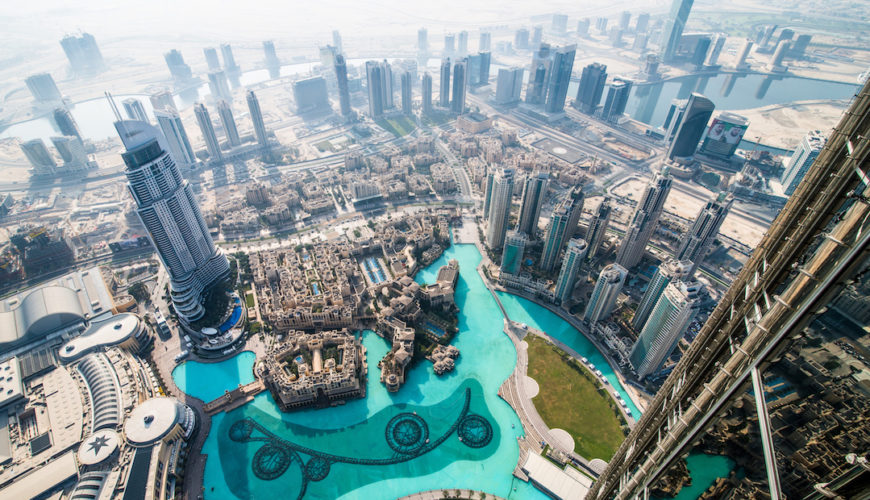I recently had a discussion with a Global Multinational CEO on what it takes to survive in this ever-changing and disruptive business world we live in. It became evident to me during the conversation that while he is comfortable making decisions, even those with far-reaching implications, it remains a daunting prospect. Even with his team providing input, he is sometimes shielded from essential data, and the information is often filtered. In the end CEO’s have to make a call, and it could be a lonely place.
Ron Ashkenas in an HBR article (How to Overcome Executive Isolation – February 2017) said that the loneliness that often comes with being a CEO may seem like a small price to pay for the rewards, recognition, and power that come with the job. As the old joke goes, “It might be lonely at the top, but the view is terrific.”
Soaring 828 meters above the metropolis of Dubai, the Burj Khalifa is the world’s tallest building. Designed by the architectural firm Skidmore, Owings & Merrill (SOM) the 162-story tower combines local cultural influences with cutting-edge technology to achieve high performance in an extreme desert climate.
According to SOM, the tower’s overall design was inspired by the geometries of a regional desert flower and the patterning systems embodied in Islamic architecture. Beyond its record-breaking height, the Burj Khalifa incorporates new structural and construction efficiencies to reduce material usage and waste. These include a “sky-sourced” ventilation system, in which cool, less humid air is drawn in through the top of the building. The tower also has one of the most extensive condensate recovery systems in the world.
It indeed is a visionary and magnificent feat of engineering, and an opportunity to visit the tower should not be missed when visiting Dubai. From the viewing platform on the 124th floor, one can take a photo from the top looking down. It is breathtaking and seems like you are on top of the world!
I often think about the view that leaders have. Being a senior leader in a company requires courageous and authentic leadership. A lot has been written about authentic leadership, and it is these leadership qualities that emerge when a company experiences severe challenges and difficulties. This is when real leadership emerges. Bill George in his book True North describes authentic leadership amongst other as leadership leading with heart and passion.
Some of the best leaders I have come across do indeed lead with heart and passion – and what you see is what you get. The following qualities are essential in a good leader:
- Values – they know what their value system is. No matter the difficulty, they will not compromise their values such as being truthful and having unquestionable integrity. Leaders with a strong value system understand the difference between keeping values and being pragmatic in their approach.
- Mindful and self-aware – authentic leaders have good work-life management systems and take care of their whole person. Their approach is mindful, and they are present when they engage. Their actions and decisions are deliberate and non-judgmental.
- Long-term – authentic leaders are not focused on instant gratification and instant results. They are in for the long haul, and their decisions reflect this.
- Compassion – these leaders understand the difference between compassion and empathy and can identify where they need to help purposefully and do something constructive about another person’s dilemma and suffering.
- Teachable – authentic leaders understand the value of introspection and feedback. They remain teachable in their approach.
The journey to the top may be daunting and sometimes hair-raising but the view is inspiring and a reward in itself. From this place of privileged perspective, share your opinion and insights and do what you can to ensure the journey upwards of those around you.

